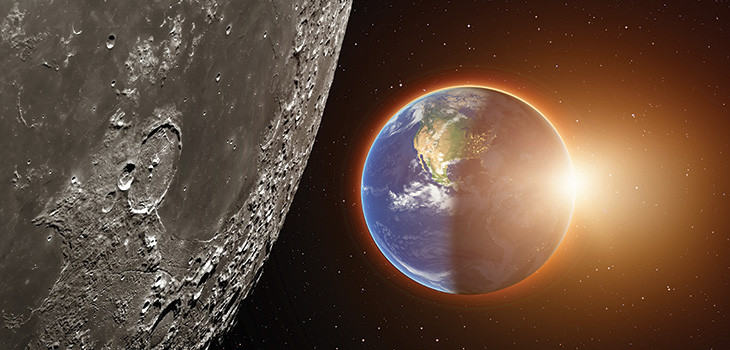
The fact the Chinese have landed yet another probe on the moon (Chang’e 6), and the fact many nations are now habitually doing this (Japan, India, Russia (usually without any success), and, of course, the US), inevitably prompts the question: who or what decides what happens on the moon?
At the moment the answer to that question is simple: no-one. Although the US was the first country to plant its flag on the moon on 21 July 1969 (which by now would be bleached pure white thanks to the unrelenting, unfiltered sunlight shining down on it), the moon remains the property of no country—at least at the moment.
The Outer Space Treaty, which dates from 1967, forms the basis of international space law and has been ratified by 115 countries. The treaty was largely the product of the advent of Sputnik and Intercontinental Ballistic Missiles (ICBMs). The provisions of the treaty are that no nuclear weapons are to be kept in space, that the moon (and indeed any











